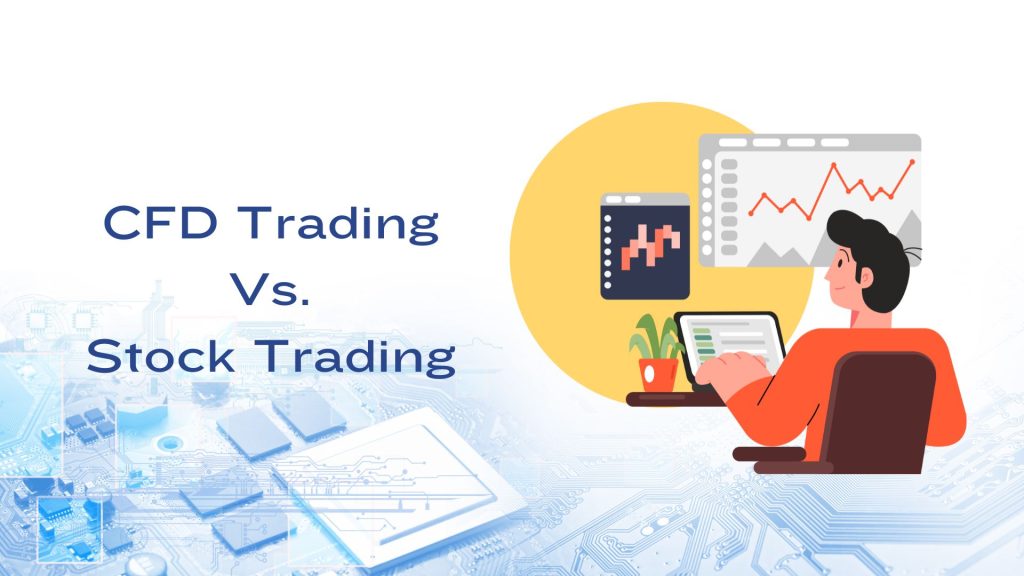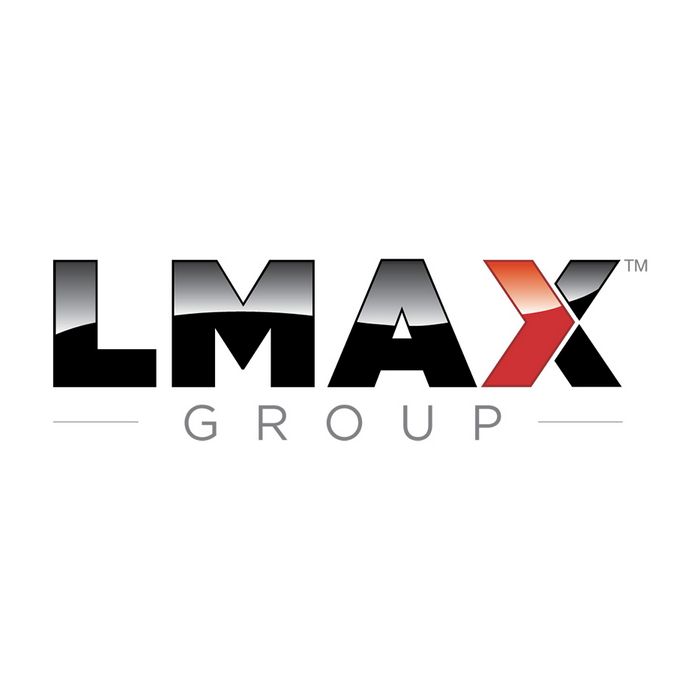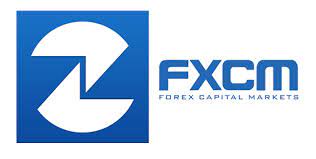
CFD Trading Vs. Stock Trading – Key Differences
CFD (Contract for Difference) trading and stock trading are two popular methods for trading in the financial market. The average annual return for stock trading (S&P 500) over the last decade is 10%. The average return for CFD trading varies widely but can be higher due to leverage, with risks proportionally greater.
What is CFD Trading?
CFD trading speculates on the price movements of various financial instruments without owning the underlying asset. Traders and brokers enter into a contract to exchange the difference between the asset’s price from the opening to the closing of the trade.
Features of CFD Trading
- Trade on a margin
- Short selling capabilities
- No ownership of underlying assets
- Market accessibility (24/5 Trading)
What is Stock Trading?
Stock trading is purchasing and selling shares of companies listed on stock exchanges. Purchasing stock entitles you to a portion of the business. You can benefit from its growth and dividends.
Features of Stock Trading
- Dividend earnings
- Ownership of assets (shares)
- Long-term investment potential
- Market hours (limited to stock exchange hours)
Connect with a vast network of finance professionals. Find your perfect liquidity partners now!
Differences Between CFD Trading Vs. Stock Trading
These are the differences between CFD trading vs. stock trading:
| Key Differentiators | CFD Trading | Stock Trading |
| Ownership | No ownership of the underlying asset. You speculate on price movements without holding the asset. | Ownership of shares in a company. You are part of the company and can benefit from its growth and dividends. |
| Leverage | High leverage options. For example, you can control a $10,000 position with $1,000 with a leverage of 10:1. | Typically lower or no leverage. Investors generally buy shares using their capital. |
| Dividends | No dividends from CFD positions. You only gain or lose based on price movements. | Dividends paid on owned shares. Companies distribute a portion of profits to shareholders. |
| Trading Hours | Extended trading hours, including weekends. Offers more flexibility, trading nearly 24/5. | Restricted to exchange operating hours. For instance, the NYSE operates from 9:30 AM to 4:00 PM EST, Monday to Friday. |
| Regulations | Often less regulated, varies by region. Different countries have different rules governing CFDs. | Heavily regulated with investor protections. Stock exchanges follow stringent regulations to protect investors. |
| Costs and Fees | Spread costs, overnight fees, and commissions. Costs can add up, especially if positions are held overnight. | Brokerage fees, commissions, and taxes. Fees vary by broker but are generally lower than CFD costs. |
| Market Accessibility | Access to numerous markets. You can trade indices, commodities, forex, and more. | Limited to stock exchanges and specific companies. You invest in individual companies listed on exchanges. |
Conclusion
CFD and stock trading have their pros and cons. Traders should consider their financial goals and risk tolerance before choosing any method. Each investor’s situation is unique; choose the option that matches your investment objectives.
Contact us now to increase your business visibility!
Follow us on LinkedIn for daily forex updates!






